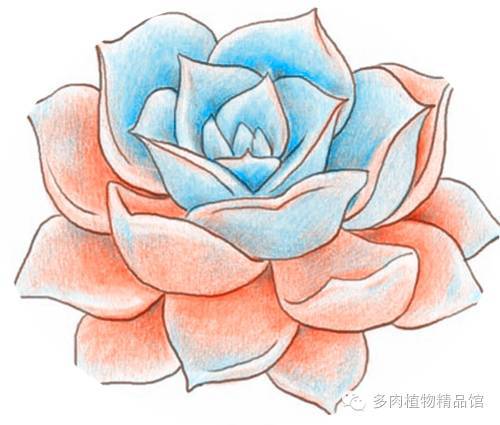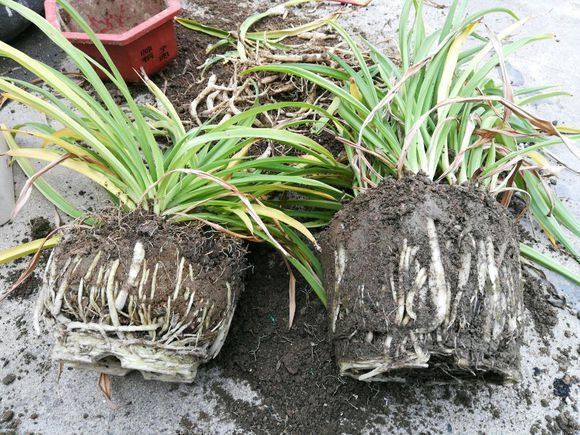Small pepper blisters of the genus Rhodiola of the family crassulaceae

Text
Picture and text: this girl is a little sweet.
Chili blisters are succulent plants of the genus Euphorbia crassulaceae. Chili blisters are also called red pepper blisters. The leaves are shaped like pointed chili peppers, a natural variety of silver eggs. The plant is perennial fleshy small root, small variety, the plant is not tall, the basal stem will slowly grow over time, the leaves will accumulate on the stem, will not grow too high. The leaves on the stem will also grow air roots, encounter the right soil will be re-rooted, the leaves will automatically leave the mother to form a new plant.
1. Morphological characteristics:
The leaves of pepper blisters are arranged alternately. The leaves are as thick as chili peppers, the fleshy leaves are 0.5~1.5cm long, with short stalks, apex tips, purple-green leaves are densely covered with raised verrucous spots, and there is an inconspicuous groove directly to the base of the leaves. The leaves are red-green to red-purple, red and green all the year round. Chili blisters need to receive enough sunshine to turn the leaf color into a beautiful purplish red, and the plant type will be more compact and beautiful. If there is too little sunshine, the leaves are light red and green, and the leaves are loosely arranged and elongated. The leaves with good light are very beautiful, and the plants of small pepper blisters grow relatively slowly. After many years of community growth, they will be very spectacular. The flowers will bloom in racemes, the flowers are small, the apex is five-lobed, and the florescence is from May to July.
Second, growth habits:
Chili blisters need plenty of sunshine and cool, dry environment, resistant to semi-overcast, afraid of waterlogging, avoid muggy and humid. It has the habit of growing in cool season and dormant at high temperature in summer.
3. Culture methods:
1. Lighting: chili blisters like a sunny environment, so give it enough light during the growing period. if the light is not enough, the leaves will grow too long, and the leaves will slowly become fragile and green, while the plants that grow in sunny places will be short and sturdy. the arrangement of leaves will be relatively compact and compact.
two。 Soil: the basin soil usually uses cinder to mix peat and add a small amount of perlite, the proportion is about 6:3:1.
3. Watering: the water is basically cut off or there is little water throughout the winter, and the water begins to be cut off slowly below 5 degrees. When the summer high temperature, the whole plant growth is slow or completely stopped, at this time to be well ventilated and properly shaded, avoid exposure, control watering, not long-term rain, so as to avoid plant rot. It is necessary to keep the soil moist and avoid stagnant water during the growing period.
4. Reproduction: the reproduction of small pepper blisters is generally branch or leaf cutting, the cut branches can be cut directly in the dry granular soil, a few days later a small amount of water, it is easy to root, leaf cutting slowly, take off complete and full leaves, put in a cool place to dry the wound, and then placed on the soil, the soil is not too wet, a little humidity, it will slowly sprout and grow new plants. Pepper blister is a relatively slow-growing variety, but it is very easy to reproduce.
The article is organized by the succulent plant boutique, the copyright belongs to the original author, some articles can not find out the source, marked as the source network, if there is any infringement, please contact us immediately, we will deal with it in time.
- Prev

14 courtyard garden effect pictures build a small courtyard to collect the scenery of the four seasons quietly
With 14 "courtyard gardens", the Chinese emphasize the unity of man and nature and the harmony between man and nature. In the long process of improving the living environment, human beings require that the building should not only meet the daily life, but also satisfy the living psychology.
- Next

Four kinds of flowers must change the pot root system to grow like this in autumn. It won't survive the winter.
Many flower growers should also pay attention to the importance of changing pots, in addition to paying attention to watering, fertilization and lighting. Why would you say that? Because grow flowers and grow roots first. When there is no problem with the root system, the potted flowers will flourish.
Related
- Wuhan Hospital Iron Tree Blooming Result Was Instantly Frightened by the Gardener Master
- Which variety of camellia is the most fragrant and best? Which one do you like best?
- What is the small blue coat, the breeding methods and matters needing attention of the succulent plant
- Dormancy time and maintenance management of succulent plants during dormancy
- Minas succulent how to raise, Minas succulent plant pictures
- What are the varieties of winter succulent plants
- How to raise succulent plants in twelve rolls? let's take a look at some experience of breeding twelve rolls.
- Attention should be paid to water control for succulent plants during dormant period (winter and summer)
- Watering experience of twelve rolls of succulent plants
- Techniques for fertilizing succulent plants. An article will let you know how to fertilize succulent plants.

